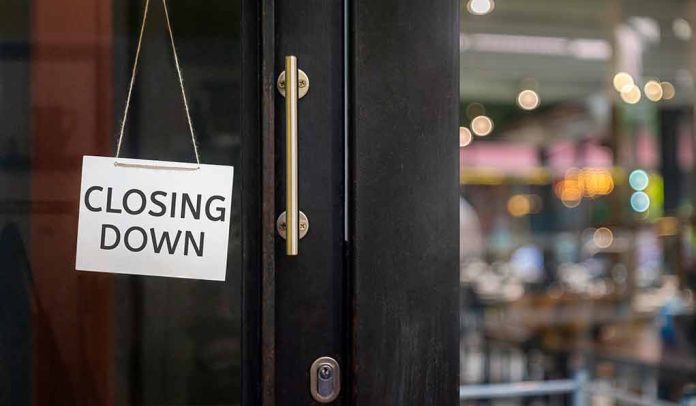
Macy’s announced the upcoming closure of 66 stores, sparking questions on what this means for the brand’s longstanding presence and the communities it serves.
At a Glance
- Philadelphia’s Center City Macy’s store set to close in 2025.
- Macy’s strategy focuses on closing 150 stores over three years for sustainable growth.
- Investments to focus on 350 remaining stores and digital growth.
- Public reactions highlight both disappointment and opportunity.
Macy’s Strategic Revitalization
Macy’s is closing 66 stores, including the iconic Philadelphia location in the Wanamaker Building. This step is part of a comprehensive revitalization plan dubbed the “Bold New Chapter” strategy. The plan aims to streamline Macy’s operations by shutting down approximately 150 underperforming stores over the next three years. The closures are intended to aid in Macy’s efforts toward profitable growth, allowing the company to focus on maintaining and enhancing the customer experience in its remaining stores.
The store in Philadelphia, residing in the historic Wanamaker Building, has been a significant element of the city’s retail history since its opening in 1911. Known for its legendary organ and beloved Christmas traditions, the Wanamaker location holds sentimental value for many locals. While the closure marks the end of an era, it opens discussions on reimagining the building’s use, with possibilities including retail, dining, and even cultural attractions.
The Macy's store in Center City is one of the first 66 the company will close — leaving the historic Wanamaker Building without a retail tenant.
https://t.co/WRdiTnO0nF— CBS Philadelphia (@CBSPhiladelphia) January 10, 2025
Community and Economic Reactions
Philadelphia’s Director of Commerce, Alba Martinez, expressed dismay over the closure yet sees potential for transformative economic opportunities. “This is sad news for many Philadelphians. Macy’s, and Wanamaker’s before, has been more than just a department store,” Martinez stated, emphasizing its cultural significance. The city ensures support to affected employees through job placement assistance, highlighting a commitment to mitigating the socioeconomic impact of the closures.
Local reactions reflect a mix of sadness and foresight. Shoppers have long expected shifts given the rapid rise of online shopping, which has put traditional retail in flux since the pandemic.
Four Macy's in Pa. will be closing, with the biggest of those in downtown Philadelphia at the former home of Wanamaker's. The store in Camp Hill will remain open. https://t.co/0832wkSOhY
— The Patriot-News (@PatriotNews) January 10, 2025
Looking Forward
Macy’s revitalization strategy is rooted in redirecting investment toward more promising avenues, which involves enhancing its remaining 350 locations and expanding digital operations. Encouraging signs have been noted from sales growth in the renovated “First 50” stores, which have shown customer approval and increased sales for consecutive quarters. The company strives to uphold this positive trend through 2025, aiming to sustain profitability amid changing consumer habits.
As Macy’s moves forward, the strategic choices made now will likely shape the future landscape of American retail. The ambitious reallocation of resources aims to better align Macy’s with modern consumer needs and ensure the storied retailer’s perseverance in the evolving market.






















